SPC holds symposium on central departments’ coordination mechanism for dispute resolution
On Jan 18, the Supreme People's Court (SPC) held a symposium to summarize work on the coordination mechanism for dispute resolution established between the SPC and other national-level departments and institutions, where representatives from 15 organizations were invited to exchange views. Zhang Jun, president of the SPC, and Sun Xiaofang, deputy secretary-general of the Political and Legal Affairs Commission of the Central Committee of the Communist Party of China (CPC), attended and addressed the event.
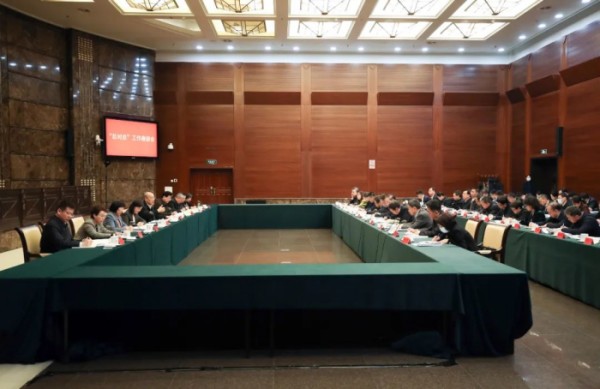
On Jan 18, the Supreme People's Court (SPC) holds a symposium to summarize work on the coordination mechanism for dispute resolution between the SPC and other national-level departments and institutions. [Photo/court.gov.cn]
The coordination mechanism, incubated in 2020, involves joint work between the SPC and related national-level departments and institutions to solve industrial and professional disputes. The partnering organizations, originally three in number, have increased to 13, while mediation organizations involved have increased from 566 to 33,000 and mediators from 2,350 to 75,000. The number of cases which partnering units accepted for pre-litigation mediation increased from 4,324 to 1.945 million, and those reaching successful mediation increased from 2,776 to 1.488 million. The mediation team has been expanding, with wider coverage of sectors and areas as well as improved mediation quality and efficiency, which leads to more sense of gain among the people, according to Zhang.
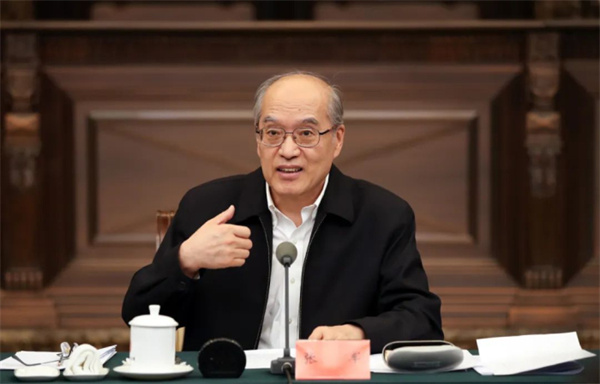
Zhang Jun, president of the SPC, attends and addresses the event. [Photo/court.gov.cn]
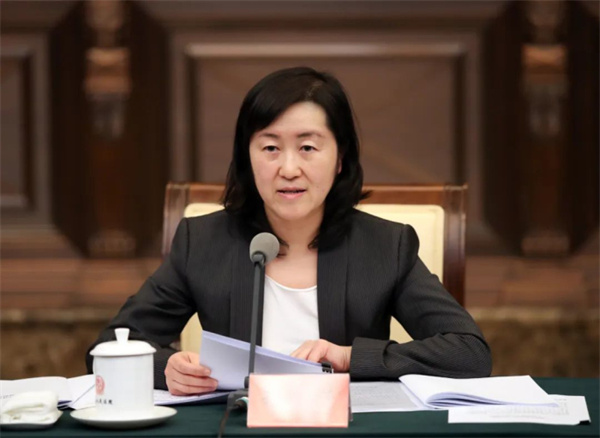
Sun Xiaofang, deputy secretary-general of the Political and Legal Affairs Commission of the Central Committee of the Communist Party of China, attends and addresses the event. [Photo/court.gov.cn]
Attending officials from the departments, including the Publicity Department of the CPC Central Committee, the Taiwan Work Office of the CPC Central Committee, the All-China Federation of Trade Unions, the All-China Federation of Returned Overseas Chinese, the China Disabled Persons' Federation, the All-China Federation of Industry and Commerce, the National Development and Reform Commission, the Ministry of Human Resources and Social Security, the Ministry of Housing and Urban-Rural Development, the Ministry of Veterans Affairs, the People's Bank of China, the National Financial Regulatory Administration, the China Securities Regulatory Commission, the China National Intellectual Property Administration, and the China Association of Small and Medium Enterprises lauded the positive role of the mechanism in maintaining social harmony, saying that, as a vivid manifestation of the people-centered approach, it has streamlined procedures, encouraged cost-effectiveness and lessened confrontation.
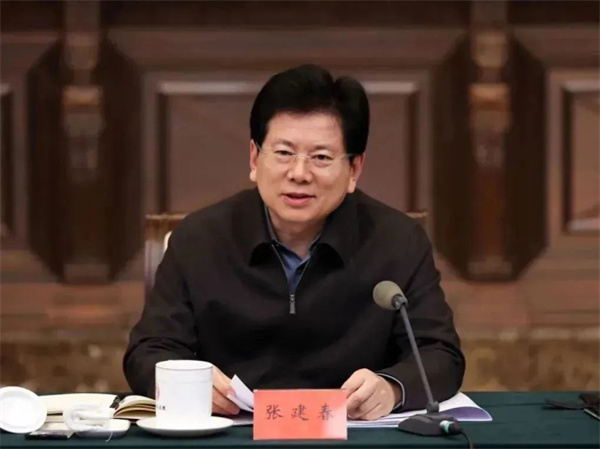

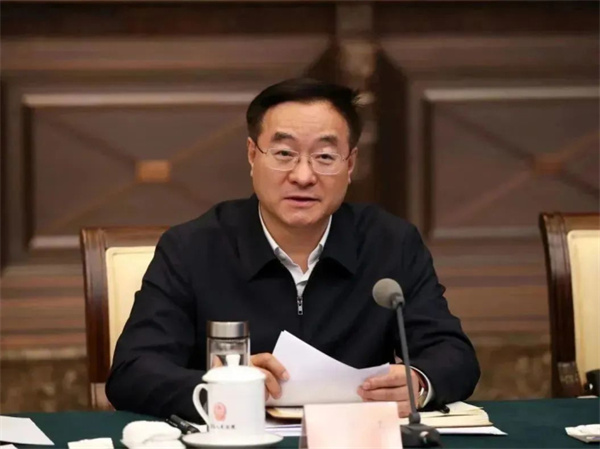

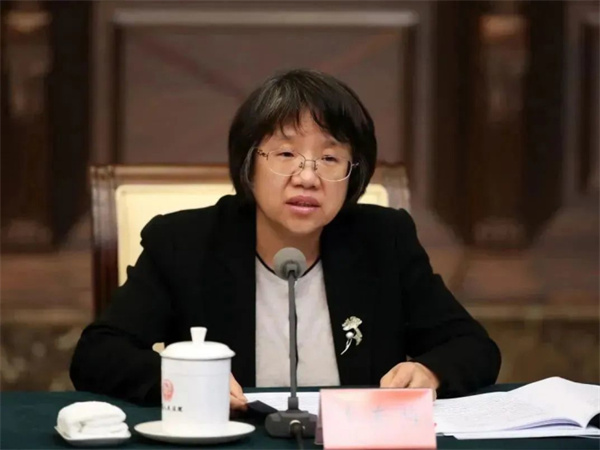
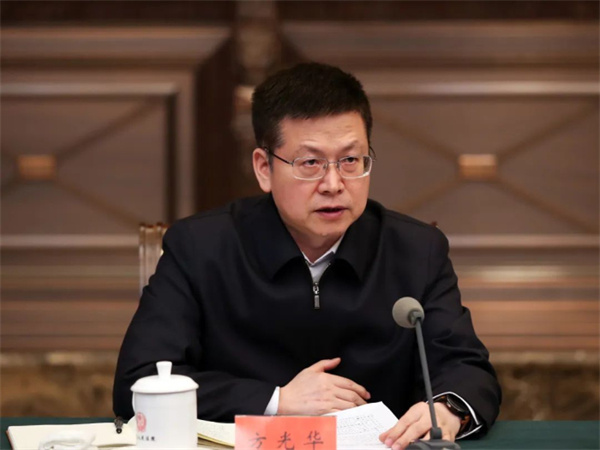
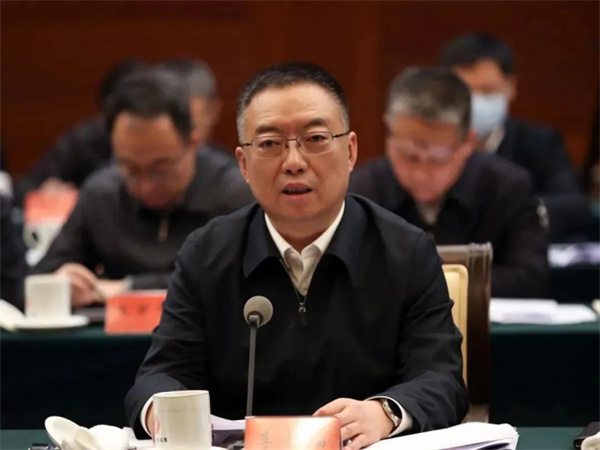
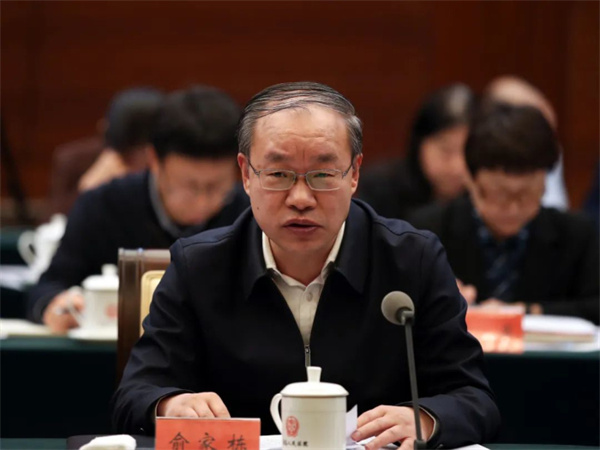
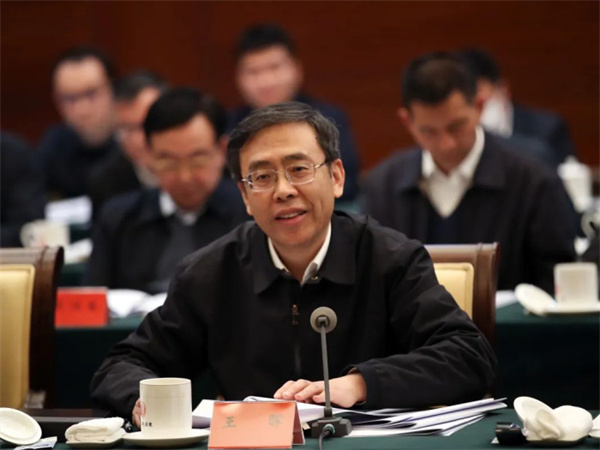


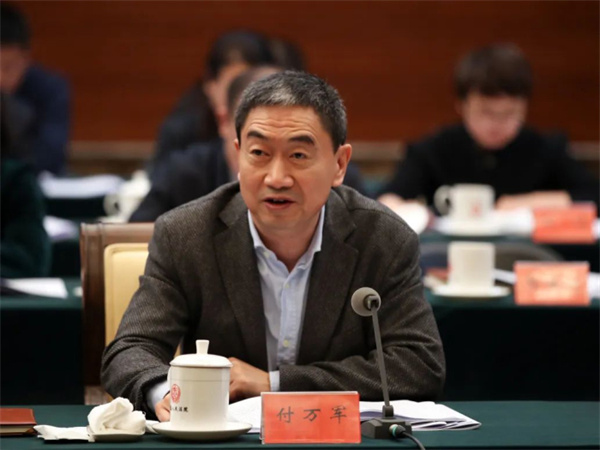
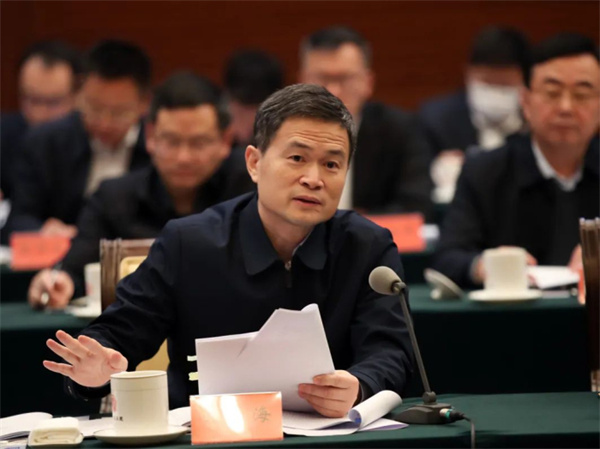
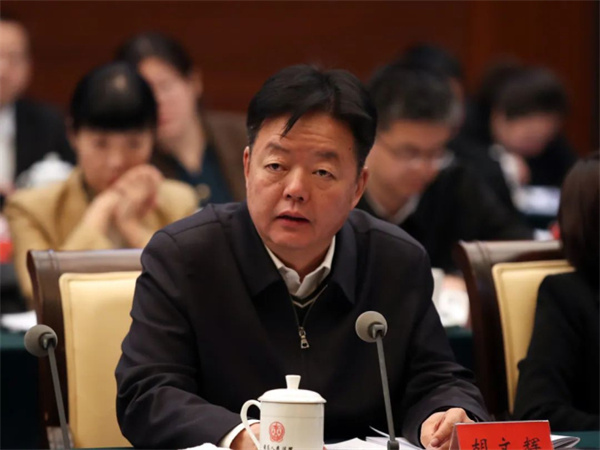
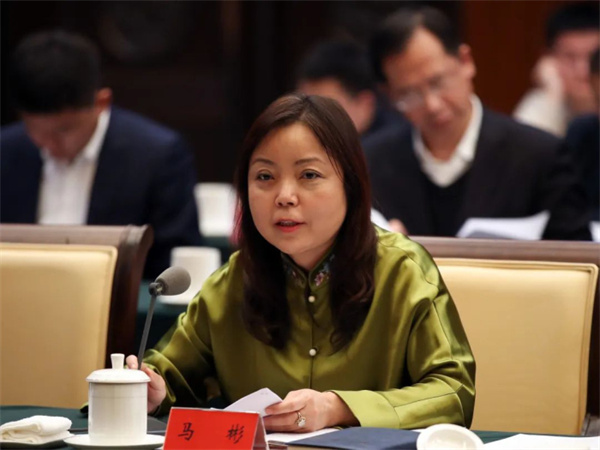
Attending officials from the 15 invited central departments laud the achievements of the coordination mechanism for dispute resolution. [Photo/court.gov.cn]
They also offered advice to the SPC on improving work in such areas as strengthening mediation training and guidance, integrating the mechanism into the overall planning and coordination of the country’s law-based governance, accelerating the release of measures to regulate mediation organizations and recruitment of mediators, exploring multi-channel funding for mediation, and reinforcing support for litigation-source governance of finance-related disputes by giving judicial suggestions and hosting consultative meetings.
Based on their feedback, Zhang made four propositions for people's courts to effectively implement the mechanism for better results.
In terms of implementation, courts at all levels are required to do a good job in aligning with partnering departments, establish consultation and analysis mechanisms to best utilize mediation resources, and reinforce supervision to enhance dispute resolution efficiency.
In terms of execution, all courts must strictly enforce the principle of voluntariness in mediation, ensure unimpeded judicial confirmation procedures for mediation agreements, improve online processing of judicial confirmation, and form a guarantee mechanism that is comprehensive, closely interconnected and operating smoothly.
In terms of experience sharing, all courts are urged to work closely with partnering units to translate judicial practices into guiding principles in dispute resolution, enrich the people’s cases library with mediation cases, expand pilot coverage for market-oriented mediation of commercial disputes, and improve the parallel working pattern of public interest mediation and market-oriented mediation.
In terms of scientific and technological empowerment, all courts should actively promote deep integration of new technologies such as the internet, big data, cloud computing, artificial intelligence and blockchains into the coordination mechanism, enhance the capability of data analysis and warning on disputes in key areas, increase precision in dispute prevention and resolution, and work with related units to improve the functions of the online mediation platform.
In her speech, Sun said that the establishment of the coordination mechanism is a concrete action to implement the central leadership’s instructions on political and judicial work, a key measure to practice the Fengtiao Model in the new era, and a way that has been proven effective to treat internal conflicts of the people. She urged all parties to fulfill their responsibilities, make full use of the existing mechanism, improve its dispute resolution quality and efficiency, form a strong joint force, and fully tap the dispute screening and warning functions so that more conflicts and disputes will be resolved at their source.
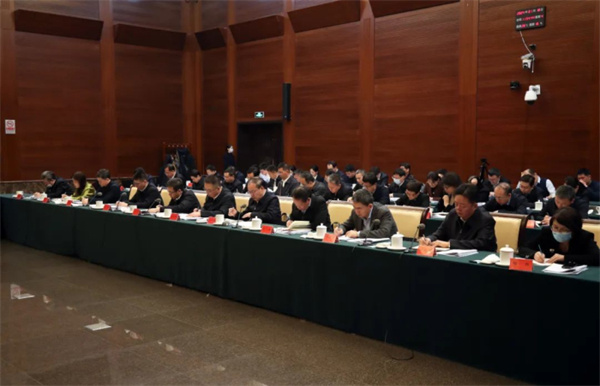
Officials from the invited central departments, partnering organizations of the coordination mechanism and related departments of the SPC, as well as representatives from the media attend the symposium. [Photo/court.gov.cn]







